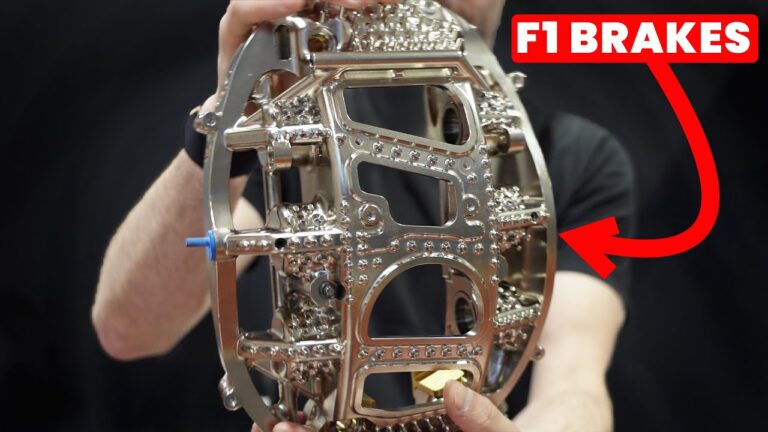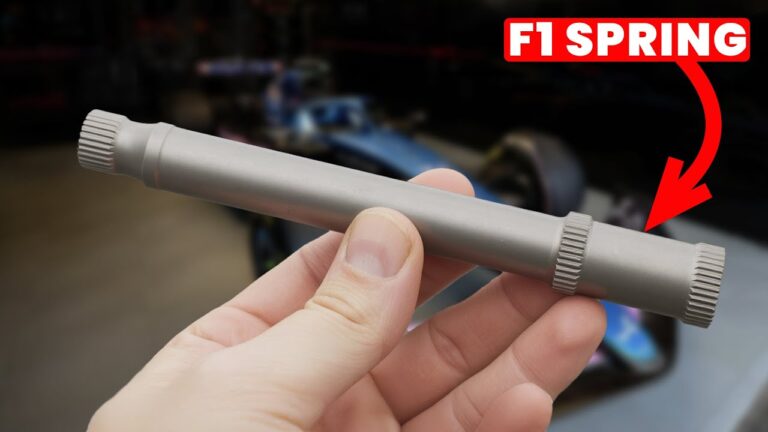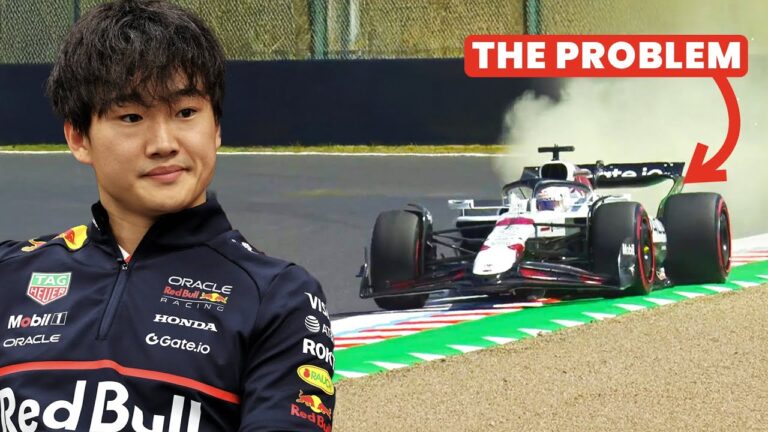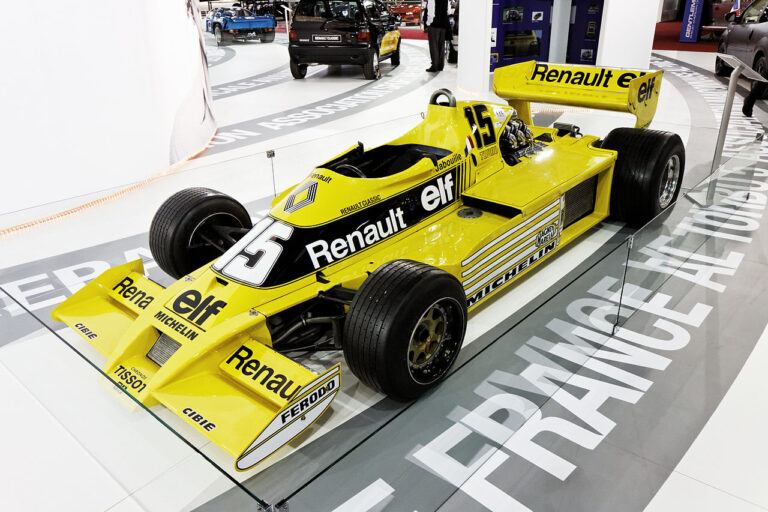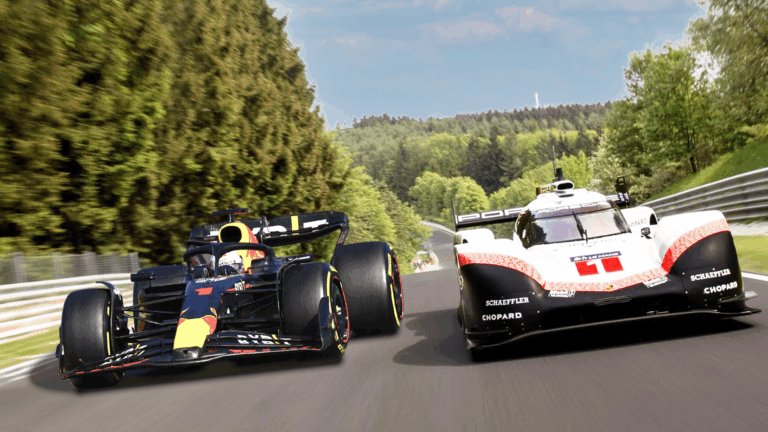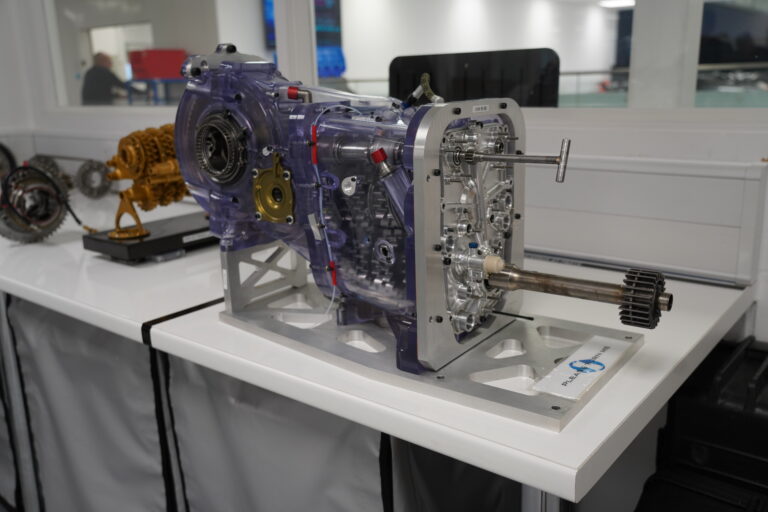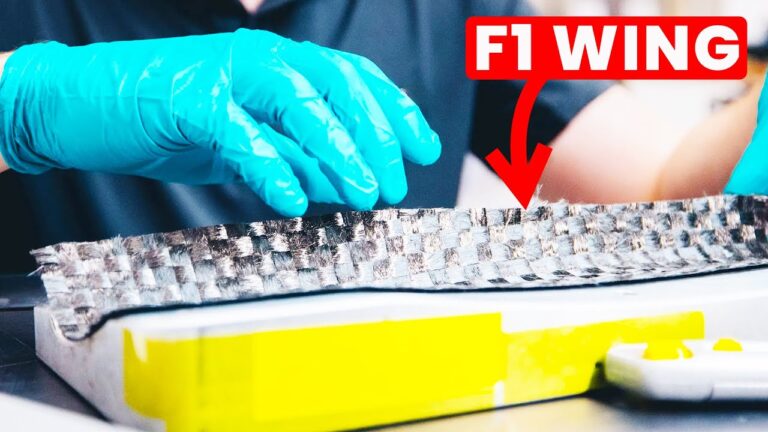
Formula 1 drivers can spend over £100,000 annually on helmets alone, and they’re often described as bulletproof. Driver61 visited Stilo’s Italian factory to discover how F1 helmets are manufactured and put that bulletproof claim to the ultimate test.
The manufacturing process begins not with the exterior shell, but from the inside out. Each F1 driver’s head is digitally scanned to create a perfect-fit helmet, with weight being critical – saving just 50 grams makes a substantial difference when drivers experience 5G forces, making a 1.2kg helmet feel like 6kg during racing.
The helmet construction involves multiple precision-engineered layers: a fireproof comfort liner, expanded polystyrene for energy absorption, and multiple layers of hand-laid carbon fiber cured in sophisticated autoclaves. F1 helmets also feature ABP (anti-ballistic protection) – an extra layer of solid carbon fibre added after Felipe Massa’s 2009 accident when struck by a spring from another car.
The manufacturing process is remarkably precise, with cutting machines producing 120 complete helmet kits daily. Each basic helmet contains over 10 carbon fibre pieces, while F1 versions can have up to 30 pieces. The carbon must be kept frozen at -20°C to prevent resin degradation, and skilled laminators hand-lay each piece with incredible accuracy.
The bulletproof test proved revealing. A £45 Amazon helmet and standard carbon racing helmet both failed against .22 caliber rounds, with bullets penetrating completely through. However, the F1 helmet’s anti-ballistic protection successfully stopped the bullet, with the projectile flattening against the reinforced eyebrow area without penetration.



